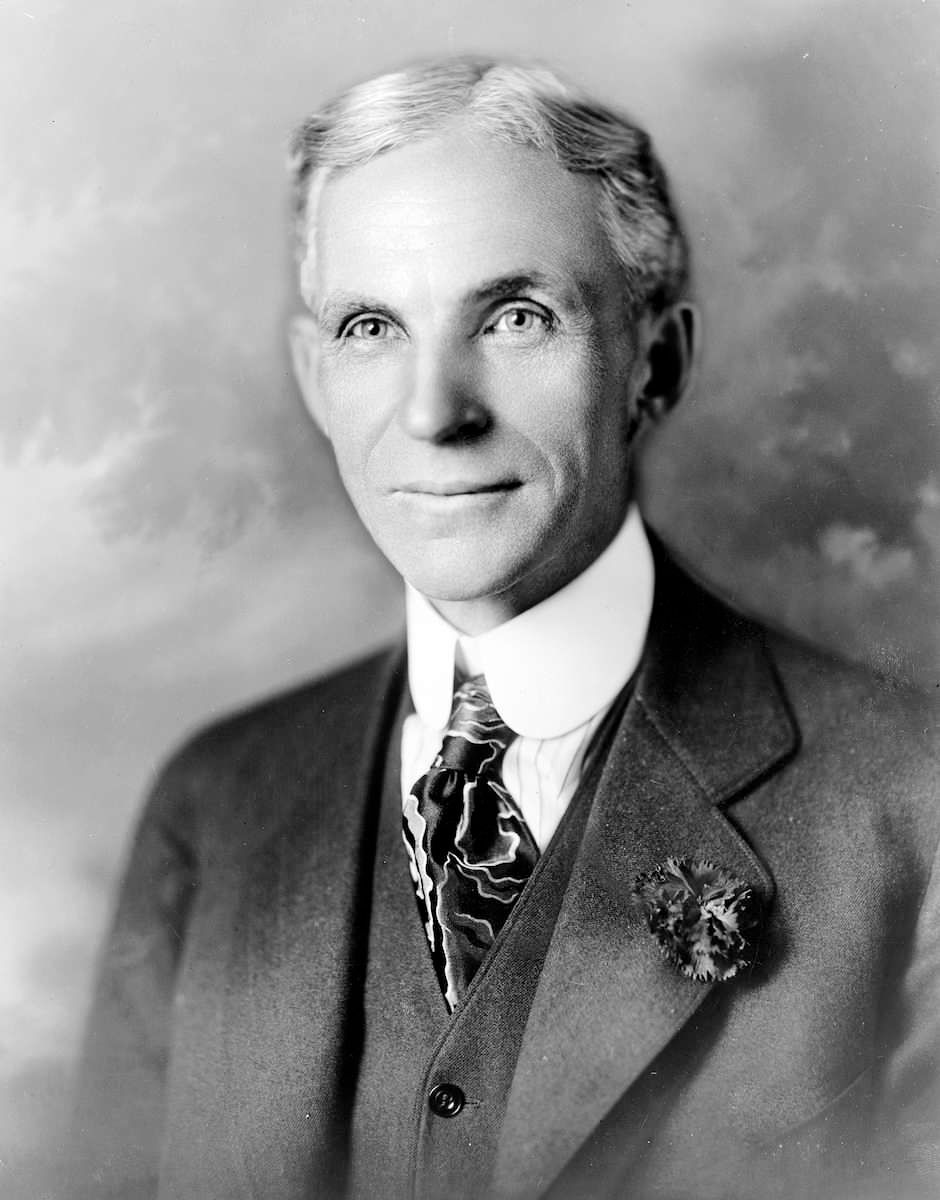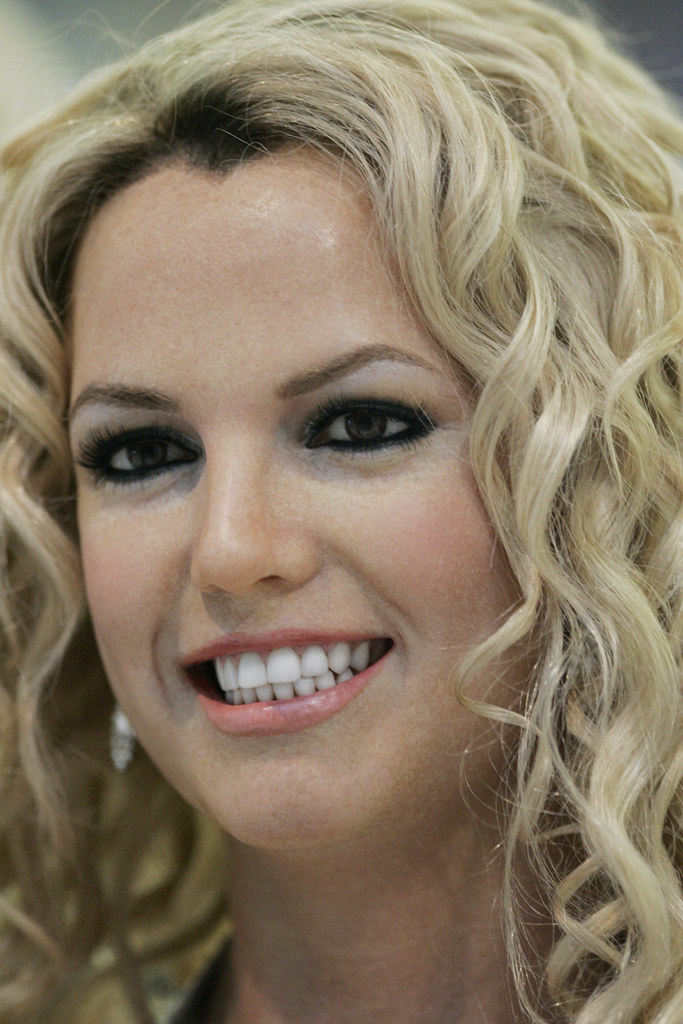
Beneath the grand narrative of world history lies a subtle yet powerful undercurrent, a network of influential men bound by oaths of brotherhood and a shared philosophy. Freemasonry, an ancient and enigmatic fraternity, has counted among its members a remarkable number of individuals who have profoundly shaped politics, science, and culture. From the revolutionary battlefields of America to the royal courts of Europe and the dazzling lights of Hollywood, Masons have occupied positions of immense power and influence. They were presidents, kings, composers, and innovators, guided by the Masonic tenets of brotherly love, relief, and truth. This exploration delves into the lives of these prominent figures, revealing how their involvement in the Craft may have guided their actions and, in turn, steered the course of the modern world. The story of these men is not one of conspiracy, but of a shared ethos that inspired them to build, create, and lead.
Freemasonry, a fraternity that has been around since the late 16th century, boasts a rich history and a surprisingly star-studded roster of members. These aren’t just ordinary men; we’re talking about individuals who left an indelible mark on society, whose names echo through history books and pop culture alike. What drew these titans of industry, revolutionary leaders, and artistic geniuses to a society known for its secrecy, traditions, and philanthropic endeavors? The allure was undeniable, offering a unique blend of personal development, networking opportunities, and a platform to contribute to the greater good.
Imagine a world where the very architects of a nation, the maestros of classical music, the inventors who revolutionized transportation, and the kings who ruled empires all shared a common bond. This is the intriguing reality of Freemasonry’s reach. As we pull back the curtain on this hidden world, prepare to see some of your favorite historical figures and modern icons in an entirely new light. We’ll explore how these prominent Freemasons embraced the brotherhood and, in turn, how their membership potentially influenced their world-changing actions and enduring legacies.
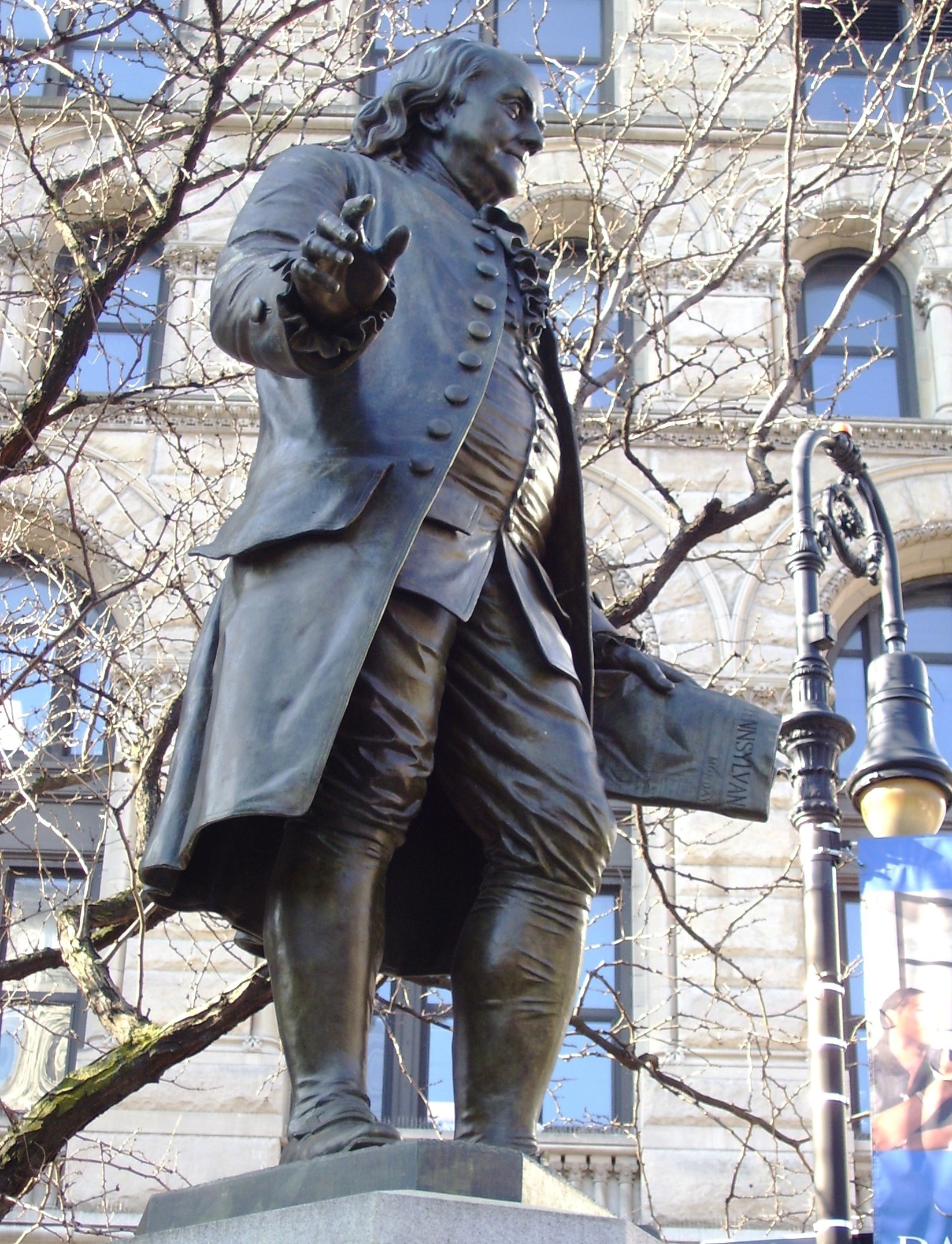
1. **Benjamin Franklin**There wasn’t much Benjamin Franklin didn’t do during his time on Earth, making him one of the most remarkable figures in American history. As one of the Founding Fathers of the United States, he excelled as a writer, scientist, inventor, statesman, and diplomat, leaving a massive impact on the nascent American nation. But beyond his famous kite experiments and political acumen, Franklin was also deeply entwined with the Masonic brotherhood.
Franklin’s dedication to the Craft was evident in his ascent to the prestigious position of Grand Master of Pennsylvania. This role signified his significant influence and leadership within Freemason circles, not just locally but across the burgeoning colonies. His commitment wasn’t merely ceremonial; he was very active within his lodge, embodying the principles of the fraternity in his public and private life.
Demonstrating his profound commitment to the spread of Masonic ideals, Franklin took on the task of writing and publishing the first official Freemason book in America. Titled “The Constitutions of the Free-Masons,” published in 1734, this work was crucial in disseminating Masonic ideas throughout the colonies. It helped solidify the presence and understanding of Freemasonry in a new world, a testament to Franklin’s dual role as a nation-builder and a foundational figure for the American Craft.
Benjamin Franklin’s multifaceted career and his significant contributions to both American society and Freemasonry firmly cement his legacy as one of the greatest and most famous Freemasons of all time. His life exemplified the Enlightenment values of reason, self-improvement, and community service that resonate deeply with Masonic tenets.
Read more about: Electricity Explained: Unpacking the Invisible Force That Shapes Our Modern Lives
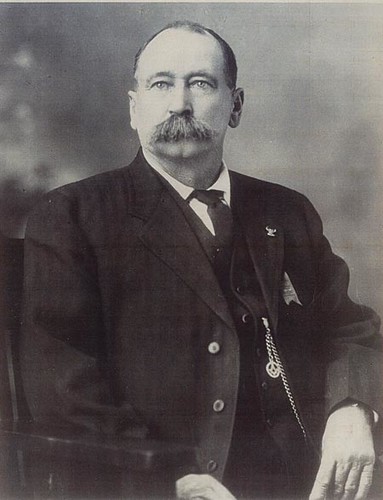
2. **George Washington**It comes as no surprise that the first President of the United States, George Washington, was also a prominent and celebrated Freemason. His involvement with the society began in 1752, long before he became a national icon or moved into the Oval Office, showcasing an early affinity for the fraternity’s principles.
Washington’s commitment to Freemasonry quickly deepened. In less than a year after his initiation, he was elected to the distinguished position of Master Mason. This rapid ascent speaks to his character and leadership qualities, which were recognized and esteemed within his lodge, Fredericksburg Lodge in Virginia.
His Masonic affiliations weren’t just a personal interest; they were visibly integrated into significant national events. On September 18, 1793, Washington famously performed Masonic rites at the laying of the U.S. Capitol’s cornerstone, a powerful symbol of the brotherhood’s influence on the very foundations of the American government. This act underscored the intertwining of Masonic traditions with the birth of the nation.
Washington remained a devoted member throughout his life. When he passed away in December of 1799, his enduring connection to the fraternity was honored with a Masonic funeral. This final tribute highlighted the deep respect and brotherhood he shared with his fellow Masons, leaving a legacy that inextricably linked the Father of the Nation with the Craft.
Read more about: The $15.8 Million Presidential Custom Fleet: A Deep Dive into High-Security Transportation and Campaign Operations
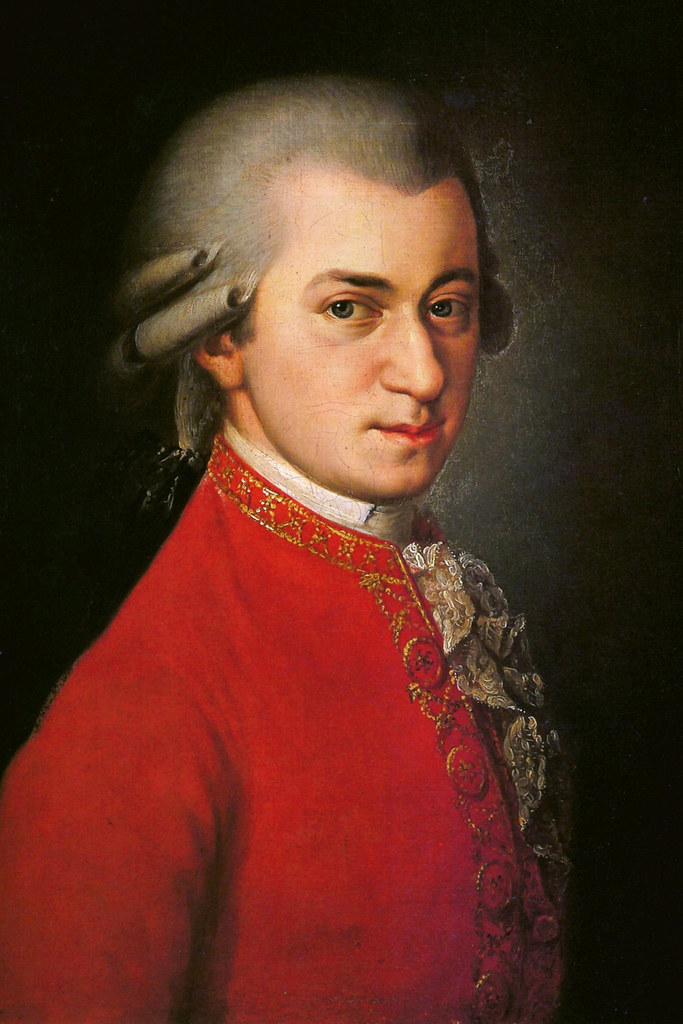
3. **Wolfgang Amadeus Mozart**Stepping across the Atlantic to the vibrant cultural scene of 18th-century Austria, we find another illustrious name among the Freemasons: Wolfgang Amadeus Mozart. The legendary composer, whose music continues to enchant audiences worldwide, was a Mason for seven years, a period that significantly influenced his artistic output.
Mozart was a member of the Zur Wohltätigkeit (Charity) Lodge in Austria, and the organization had a profound impact on his music. It wasn’t merely a social affiliation; the philosophical underpinnings and symbolic language of Freemasonry found their way into several of his compositions, making them much more than mere entertainment.
Indeed, Mozart wrote several pieces that directly referenced the Freemasons and their views on world topics, embodying Enlightenment values in his work. Perhaps the most famous example of this influence is his opera “The Magic Flute,” which is widely considered to be heavily influenced by the Masonic way of life, replete with allegories and symbols reflecting the fraternity’s rituals and philosophy.
His connection to the Craft wasn’t just about incorporating themes; it provided a community and a intellectual framework that resonated with his own artistic and philosophical sensibilities. Mozart’s Masonic compositions are a testament to how the brotherhood inspired one of history’s greatest musical minds, creating works that continue to be studied for their depth and meaning.
Read more about: The Viola: Exploring the Profound Resonance and Evolving Legacy of the Violin Family’s Middle Voice
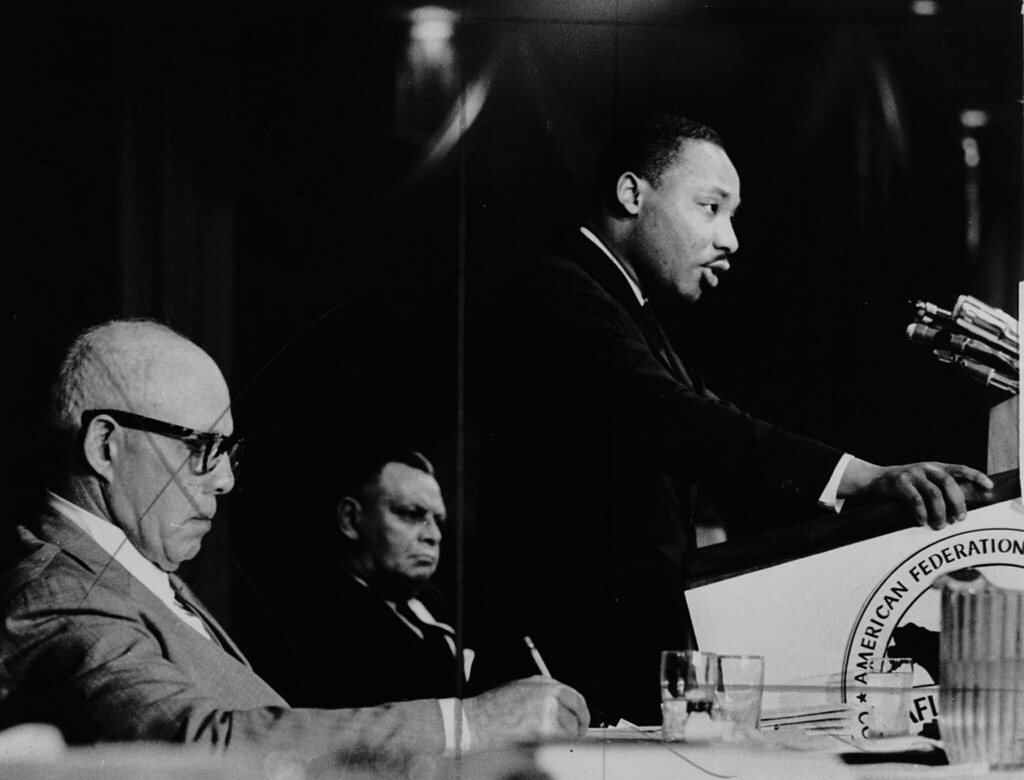
4. **King George VI**From the realm of classical music to the throne of the British Empire, Freemasonry’s appeal reached even royalty. King George VI, father of Queen Elizabeth II, was a dedicated member of the fraternity, highlighting its prestige and widespread acceptance among society’s elite.
He was initiated by Pro Grand Master Lord Ampthill into the Navy Lodge No. 2612, a lodge with a personal connection, as his own grandfather was a founder of that very lodge. This family legacy within Freemasonry underscored a tradition of royal involvement in the Craft.
King George VI’s commitment to the lodge quickly became apparent. It wasn’t long before he ascended to the position of Master of Navy Lodge in 1921, demonstrating his leadership and active participation. He was, in fact, set to become the permanent Master of the Lodge, a testament to his dedication.
However, destiny called him to a different, higher duty. He was called up to take over the royal throne, an event that shifted his primary responsibilities. Despite his ascension to kingship, he would go on to join five other Masonic lodges during his life and remained a big supporter of the Freemason fraternity, showcasing his enduring belief in its values and principles.
Read more about: Lights, Camera, Silence: 12 Famous Duos Who Said ‘Cut!’ to Friendship After Filming Wrapped
5. **Henry Ford**The industrial titan who revolutionized transportation, Henry Ford, was also a Freemason of the highest order, bringing the Craft’s values into the world of manufacturing and innovation. The man behind the iconic Model-T Ford, an inventor and known capitalist, was a devoted member of the Palestine Lodge No. 357 in Detroit, Michigan.
Ford’s commitment to Freemasonry spanned an impressive half-century. He served as a Freemason for over 50 years, a testament to his deep-seated belief in the fraternity’s principles. His long-standing dedication was formally recognized by his lodge, which honored him with life membership and a plaque commemorating his 75th birthday, marking a significant milestone in his Masonic journey.
His family also shared a strong connection to the Craft. His brother, William R. Bryant, served as the master of the Zion Lodge, Michigan’s oldest Freemason lodge, in 1932. This familial link further illustrates the deeply ingrained presence of Freemasonry within the Ford family, extending its influence across generations.
Ford himself was quoted as saying, “Masonry is the best balance wheel the United States has, for Masons know what to teach their children.” This powerful statement reveals his profound conviction that Masonic values offered essential guidance and stability for the nation, reflecting his belief in the fraternity’s positive societal impact.
Read more about: Seriously Where Did They Go? 15 Automotive Features That Vanished (Or Should) From Our Dashboards
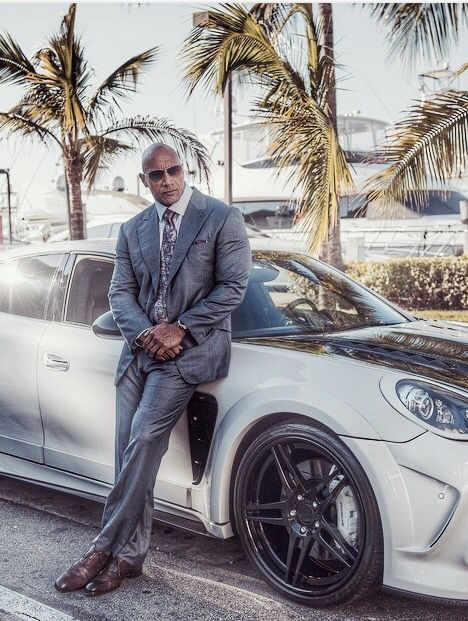
6. **John Wayne**The silver screen legend John Wayne, who dominated Hollywood during the 20th century, is widely considered one of the greatest actors in cinema history, starring in over 170 movies. Yet, off-screen, he was also a member of a different kind of brotherhood: Freemasonry.
Before becoming a Freemason in 1970, Wayne had already been a member of several other fraternities. This suggests a lifelong inclination towards fraternal organizations and their associated values of camaraderie and shared purpose. His eventual joining of the Craft was a natural progression for a man who valued such connections.
Wayne was part of Marion McDaniel Lodge No. 56 in Tucson, Arizona. While some of his public comments during his life have been noted as contradictory to the idea of equality, the context states he was a “big believer in equality” within the lodge. This highlights a potentially different persona or aspiration he embraced within the fraternal setting.
Indeed, Wayne is quoted as believing that “within the lodge was the only place he felt that he wasn’t being held up on a pedestal.” This revealing statement offers a glimpse into his personal experience with Freemasonry, suggesting it provided a rare sanctuary where he could be seen simply as a man among brothers, free from the pressures and adulation of his celebrity status.
Read more about: They’ve Got the Receipts! Meet the 9 Highest-Grossing Actors Dominating Hollywood’s Box Office
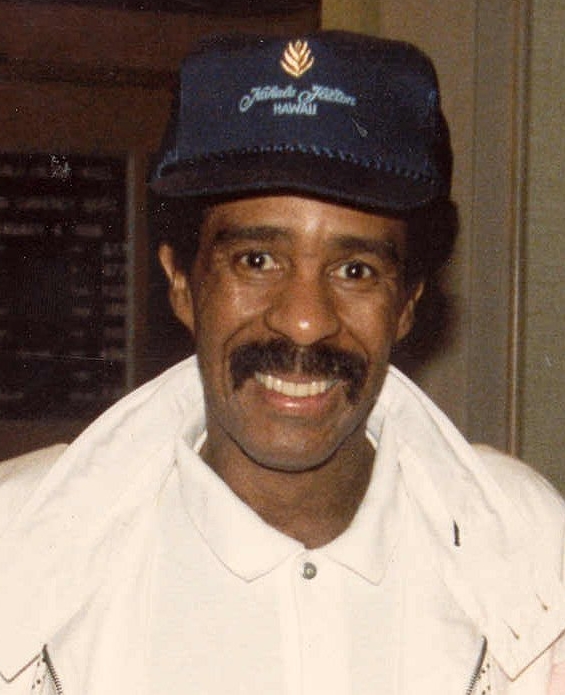
7. **Richard Pryor**The groundbreaking comedian Richard Pryor, known for his raw, honest, and often fearless humor, might not be the first name that comes to mind when you think of famous Freemasons. However, this comedic legend was indeed a member of the ancient fraternity, showcasing the diverse appeal of Freemasonry across all walks of life, even within the irreverent world of stand-up.
Pryor’s journey into Freemasonry began while he was living in Peoria in the early 1980s. It was during this period that he joined Henry Brown Lodge No. 22. This particular detail is a fascinating tidbit, given his very public and often tumultuous life, demonstrating a perhaps lesser-known side to the complex entertainer.
While there isn’t an extensive public record detailing Pryor’s specific activities or the full extent of his history with the fraternity, it is generally believed that he was a popular and active member. The context mentions he “attended meetings regularly,” which speaks to a genuine engagement with the brotherhood’s principles and activities.
Pryor’s membership in Freemasonry further underscores the fraternity’s broad appeal, attracting individuals from vastly different backgrounds and public personas. It highlights how the core tenets of brotherhood, charity, and self-improvement could resonate even with someone as iconoclastic and boundary-pushing as Richard Pryor, proving that the Craft’s reach truly knew no bounds.
Read more about: Rewind to Reconsider: 10 Classic Comedies That Would Never Get Greenlit in Today’s Hollywood

8. **Sir Arthur Conan Doyle**The brilliant mind behind the world’s most famous detective, Sherlock Holmes, Sir Arthur Conan Doyle, harbored a curious connection to Freemasonry. This prolific British author, renowned for crafting intricate tales of deduction, was for a period a member of the ancient fraternity. His initiation took place at the Phoenix Lodge No. 257 in Southsea, adding a fascinating dimension to the biography of this literary giant.
Doyle’s well-documented interest in the paranormal and spiritualism likely drew him towards the esoteric allure of Masonic symbolism. It’s intriguing to consider the author of rational crime stories exploring a society steeped in tradition, even if Freemasonry holds no connection to ghosts or aliens, as the context humorously notes. This intellectual curiosity, bridging the logical and the mystical, seems to have defined much of his life.
However, his journey within Freemasonry was not a straightforward path. Sir Arthur Conan Doyle’s relationship with the lodge saw him quit and rejoin on several occasions over the years. This ebb and flow in commitment likely reflected the competing demands of his burgeoning literary career and personal beliefs.
Despite intermittent involvement, his membership highlights Freemasonry’s diverse appeal. His affiliation, though punctuated by resignations and re-initiations, remains a notable aspect of his history, indicating an impactful engagement before his final resignation in 1911.
Read more about: Unmasking the Myths: Famous Quotes from Film, TV, and History You’ve Probably Gotten Wrong

9. **Silvio Berlusconi**Across Europe, from literature to Italian politics, Freemasonry’s reach continued. Silvio Berlusconi, the controversial former Prime Minister of Italy, was a known Freemason. His membership placed him within a particularly infamous chapter of the fraternity’s history, highlighting the occasional brushes between secret societies and political power.
Berlusconi was a member of a masonic lodge known as Propaganda Due, or P2. This was no ordinary social club; P2 harbored ambitious political goals, specifically aiming to re-establish a far-right government in Italy. This explicit agenda stood in stark contrast to the apolitical stance typically adopted by traditional Masonic lodges.
The story of Propaganda Due is famously fraught with scandal and national upheaval. The lodge became deeply implicated in a series of serious crimes and “dodgy deals,” leading to its forced disbandment in 1981. These revelations sparked widespread public outcry, raising concerns about corruption at the highest levels of power.
In a move characteristic of his career, Berlusconi, despite his direct association with the disgraced P2 lodge, managed to navigate the fallout relatively unscathed. His ability to emerge from such significant controversy spoke volumes about his political astuteness and resilience, adding a complex layer to his Masonic affiliation.
Read more about: Rewind & Reflect: 14 Vintage Car Commercials That Couldn’t Air Today
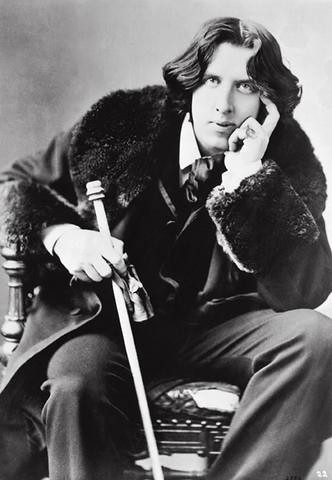
10. **Oscar Wilde**From political intrigue to the dazzling wit of late 19th-century literature, Oscar Wilde found himself briefly within the Masonic fold. The iconic Irish poet and playwright, whose masterpiece “The Picture of Dorian Gray” continues to captivate readers, was a Freemason. His time in the fraternity, though short-lived, marked a phase of intellectual exploration during his formative years.
Wilde’s Masonic journey unfolded during his four years as a student at Magdalen College, Oxford. Within this academic and social environment, he was initiated into the brotherhood. During his active membership, he achieved the distinguished title of “Sublime Degree of Master Mason,” indicating a significant engagement with the Craft’s traditions.
However, as his academic career concluded and his unique artistic voice emerged, Oscar Wilde allowed his formal Masonic membership to lapse following his graduation from Oxford. This decision might have stemmed from a desire to forge an independent path, unfettered by formal affiliations, as he embarked on a career challenging societal norms.
Nevertheless, the context suggests that even after his membership ceased, he retained a keen, if detached, interest in the fraternity. This enduring curiosity speaks to the impact the Masonic experience had on his worldview. His brilliant career tragically concluded when he was publicly outed as homoual and imprisoned, eventually dying from meningitis at 46.
Read more about: Unpacking the Method: The Extreme Techniques and Divisive Practices of Method Acting That Sparked On-Set Drama
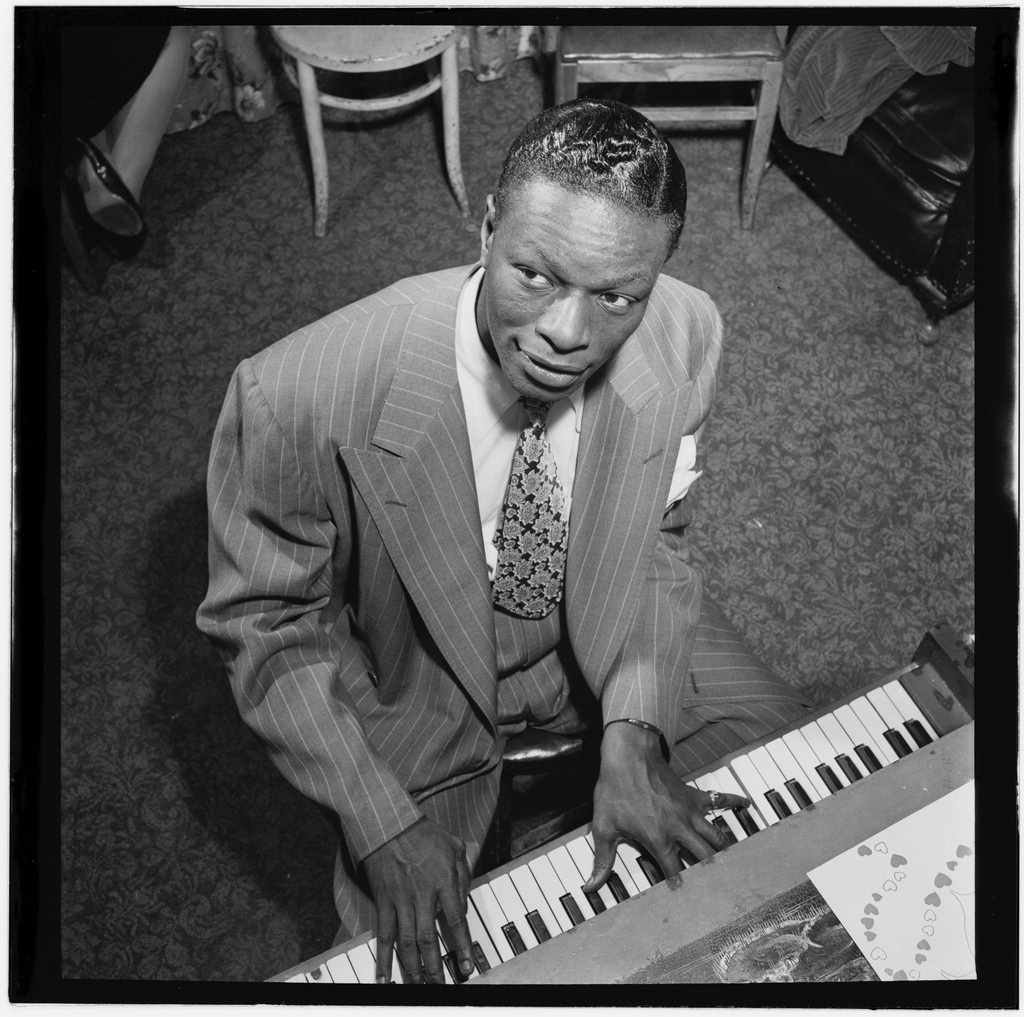
11. **Nat King Cole**The smooth, silken voice that defined an era of jazz and swing also belonged to a man who embraced Freemasonry. Nat King Cole, one of the true originators of swing music and a pivotal figure in jazz’s commercial success, was a dedicated Freemason. His involvement brought a touch of musical royalty to the fraternal order.
Cole joined the Thomas Waller Lodge No. 49 in Prince Hall Affiliation, California, in 1944. This was a genuine commitment, and he even brought some of his bandmates along, suggesting a communal interest in the brotherhood’s values. This showcased the fraternity’s appeal across diverse professional circles.
His dedication to the Craft quickly saw him rise through the ranks. It wasn’t long before Cole was promoted to Master Mason, a significant achievement and a testament to his character within the lodge. This promotion signified his deeper understanding and commitment to Freemasonry’s core tenets.
Further solidifying his immersion, Cole later attained the distinguished title of Scottish Rite Freemason. This progression underscored his continued journey within the fraternity. Nat King Cole, through his revolutionary impact on jazz and his early allegiance to the Masons, added another compelling layer to his multifaceted legacy as a groundbreaking entertainer.
Read more about: Unpacking the Method: The Extreme Techniques and Divisive Practices of Method Acting That Sparked On-Set Drama
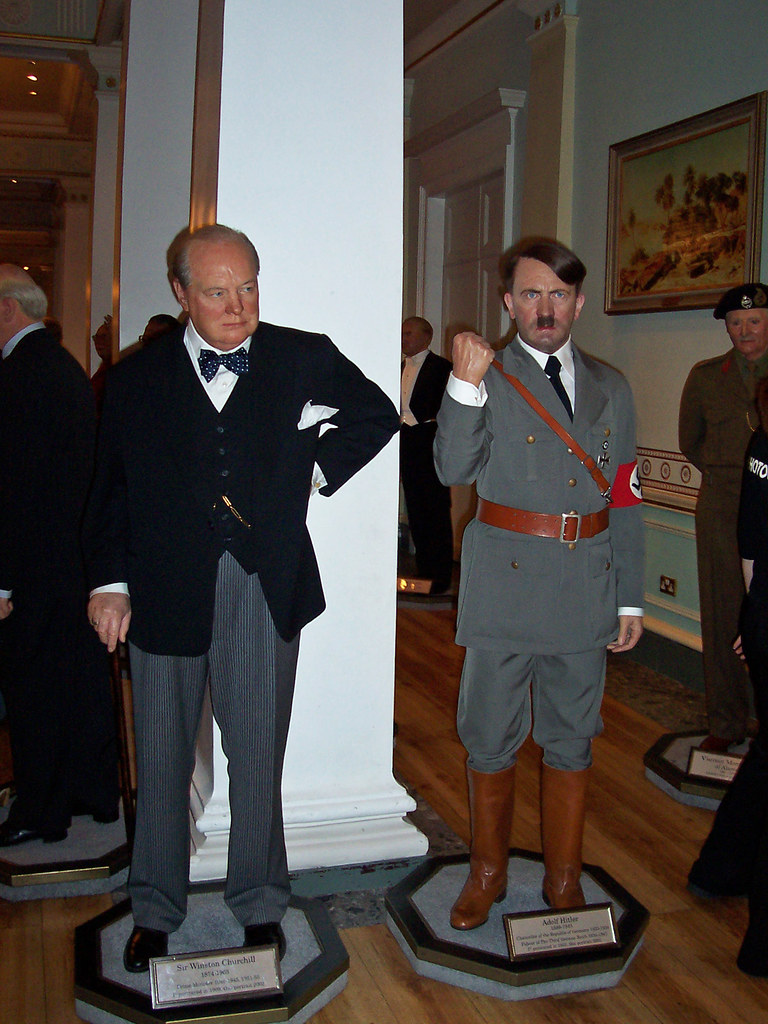
12. **Sir Winston Churchill**Few figures cast as long a shadow over 20th-century history as Sir Winston Churchill, arguably Britain’s greatest Prime Minister. This iconic leader was also a Freemason, holding membership in the Studholme Mason Lodge No. 1591 in England, aligning himself with a tradition of British statesmen.
While Churchill was a staunch supporter of the fraternity, his demanding public life meant his sustained involvement with his lodge was limited. He attended meetings when his packed schedule allowed, but these visits were not frequent enough for him to be considered for the position of Grand Master, a role requiring significant time.
Ultimately, the demands of his public service led Churchill to officially resign from the lodge in 1912. This decision was likely prompted by his burgeoning political career and immense national responsibilities. Despite formal withdrawal, he maintained contact and a friendly relationship with his former brothers, indicating lasting respect for the values and camaraderie he found.
His Masonic affiliation, though not central to his wartime leadership, offers an intriguing glimpse into the intellectual and social networks that influenced such a pivotal figure. It underscores how men of immense stature found value in the principles of brotherhood and self-improvement offered by the Craft.
Read more about: Beyond the Character: 14 Actors Who Underwent Dramatic Transformations for Roles
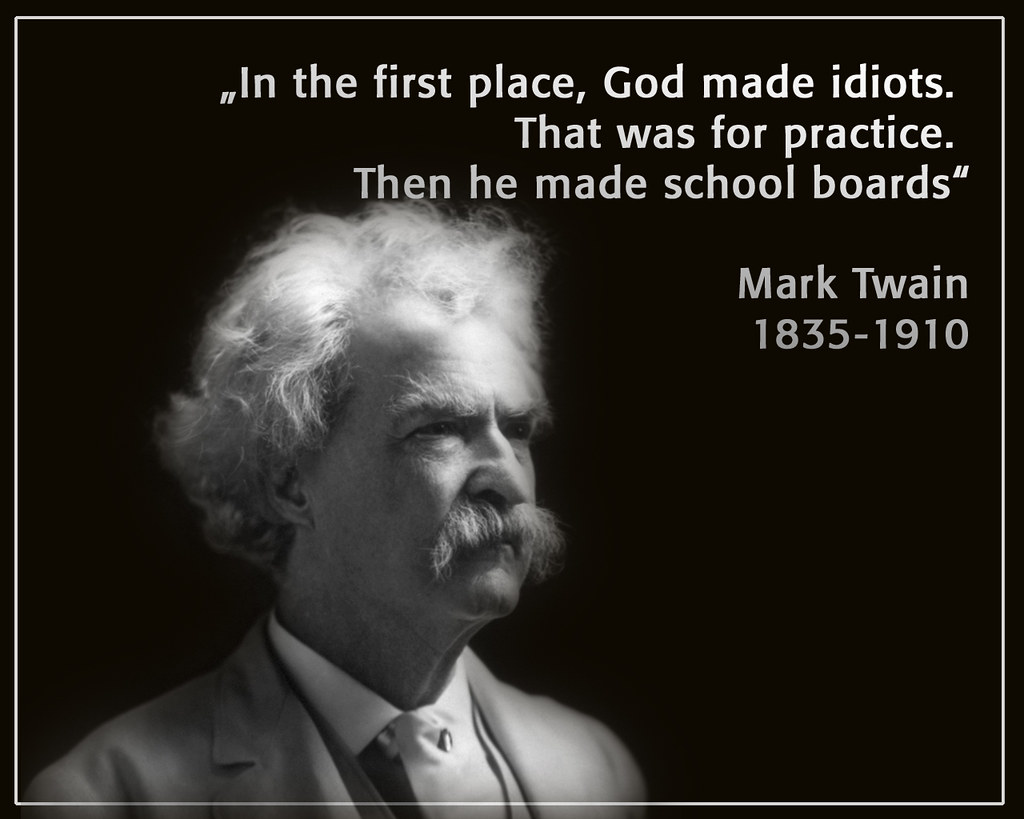
13. **Mark Twain**The quintessential American writer, Mark Twain, whose sharp wit and profound observations define American literature, also ventured into Freemasonry. Samuel Clemens, by his pen name Mark Twain, spent time with the Polar Star Lodge No. 79, A.F.&A.M. in St. Louis, Missouri, becoming part of a brotherhood beyond literary circles.
Twain’s entry into the Craft was remarkably swift, indicative of his intellectual curiosity and charisma. He quickly ascended to Master Mason in just a few weeks, making a significant impact within the lodge. This rapid progression suggests deep engagement with Masonic teachings and early recognition of his character.
While his formal affiliation spanned only several years, Twain was regarded as an outstanding and valued member by his brothers. His unique perspective and storytelling would have made him a memorable figure within the lodge’s gatherings and discussions.
However, his personal life eventually led him away from the lodge. Following his engagement to Olivia Langdon, Twain’s interest in formal Masonic commitments waned. He withdrew his membership in 1867, though the bonds of friendship were not entirely severed. He would still visit the lodge occasionally to catch up with old friends, highlighting enduring camaraderie.
Read more about: A Maestro of Mirth: Unpacking Bob Newhart’s Enduring Legacy and How His Deadpan Wit Reshaped the Landscape of American Comedy

14. **Simón Bolívar**Transitioning from literary giants, we arrive at a pivotal geopolitical figure: Simón Bolívar, revered as “the Liberator.” Born to affluent Venezuelan parents, Bolívar was driven to free the Americas from Spanish colonial rule. His tireless efforts in the Spanish-American wars of independence vanquished the Spanish, fundamentally reshaping an entire continent.
Beyond his military and political prowess, Bolívar’s revolutionary spirit was complemented by his involvement in Freemasonry. His initial interest blossomed while studying in Spain, a testament to the Craft’s global intellectual appeal. This early exposure influenced his worldview, reinforcing ideals of liberty and equality.
This intellectual foundation paved the way for his formal membership in the Masonic Lodge “Lautaro” out of Cadiz, Spain. Lautaro lodges were significant for Latin American independence movements, often serving as clandestine meeting places for revolutionaries plotting against colonial powers. Bolívar’s choice to join such a lodge intertwines his Masonic principles with his fervent political ambitions.
Bolívar’s commitment and swift ascent within Freemasonry were notable, reflecting his inherent leadership. He achieved the prestigious title of 33rd degree of Inspector General Honorary, a significant recognition within the Scottish Rite. This high honor shows how a man dedicated to the liberation of nations found deep resonance with Masonic ideals, seeing it as a vehicle for his vision of a free South America.
Read more about: 15 Global Havens: Where Your $30,000 Income Buys a Richer Life
From nation-building architects and musical maestros to literary giants, industrial titans, and complex political figures, the roster of famous Freemasons is astonishing. These individuals, bound by values of personal growth, intellectual inquiry, and philanthropy, have quietly shaped our world. Their stories reveal not a shadowy conspiracy, but a pervasive network of intellect, influence, and brotherly support that profoundly impacted history. The enduring legacy of Freemasonry, through its celebrated members, stands as a testament to shared ideals and the quiet determination of men who sought to build a better world, one lodge, one community, and one historical moment at a time. The world of Freemasonry, far from being a relic of the past, continues to weave its fascinating threads through the tapestry of our present.

